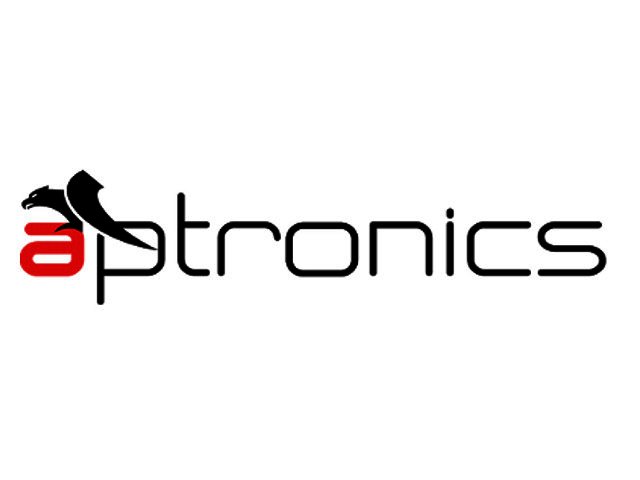By Richard Blewitt, sales director at Aptronics]
Cloud: it’s the evolution in ICT that CIOs know they can’t afford to ignore yet aren’t quite sure how to go about implementing. If you’re struggling with which business applications and services to start virtualising and automating, you’re not alone.
While levels of adoption vary from industry to industry, most companies are only looking at on-premise or hybrid cloud solutions. When companies do make the switch to hybrid, they tend to limit their hybrid applications to non-core application and keep their core systems on-premise.
There are certain key factors which have prevented the widespread adoption of the cloud among local businesses. Some, like misperceptions around security and complexity, are already being exposed as myths as the cloud becomes more universal and the facts about it become commonplace. A few barriers remain however, and these require a shift in thinking.
The new role of CIOs
Hand in hand with the looming presence of the cloud is the shifting role of CIOs within the organisation. Traditionally, CIOs were spending a lot of time and budget keeping the lights on – that is, looking after the operational environment. This is no longer enough. Now, IT is linked as much to driving businesses environments as managing operations. CIOs are expected to take on a more business-oriented role and look at their architecture from a resources perspective.
The new breed of CIO must be a master of business process automation – integrating and automating the right applications and freeing up valuable human resources, streamlining workflows and ultimately improving efficiency while reducing overhead costs.
How can a CIO refocus a company’s resources effectively while still wrestling with issues of cloud and transformation of infrastructure?
The big, bad buzzword
One approach that CIOs can take towards this is outsourcing. While outsourcing is nothing new, the traditional form of it is falling away in favour of everything as a Service (Eaas). EaaS allows CIOs to take a firmer hand in a company’s business dealings while significantly reducing the resource strain on the company’s own operations.
EaaS, of course, requires companies to take the bold step of virtualising their core processes – enter once more the cloud. One of the problems with cloud is that for too many CIOs, it is just a buzzword – an all-encompassing term with various annotations that doesn’t offer much idea in and of itself of how to achieve it. It’s a mandatory end-goal for all organisations that offers no clues on its own of how to achieve it.
The dilemma many CIOs are facing at the moment is that they know that they will have to transform their data centres and their own management styles to this new style of IT, but don’t know how to start the journey.
The journey worth taking
Making the shift to the cloud requires a sea change in thinking about data, IT and the very role of the CIO – no small feat. Is it any wonder that the numbers are the way they are when it comes to full adoption of cloud in South Africa?
The good news is that this shift does not need to be immediate. Companies can make the move gradually, moving infrastructure from on-premise into hybrid environments and funnelling those resources once earmarked for operations into analytics and intelligence.
However, organisations need to start building the foundation now. They need to stop being reactive regarding the looming inevitability of cloud and start proactively creating a strategic roadmap and building on the applications they have already virtualised.
The first step is to identify where a company will be from a business perspective in three to five years and go from there. Second, companies will need to strategically align with partners who understand the new style of IT and can work in a long-term advisory capacity to implement this roadmap.
By choosing to take that first step, businesses are ensuring that they are moving toward a fully standardised and virtualised organisation in which operational costs are easier to predict and become reduced as a result. Meanwhile efficiency is increased. In the longer term, they are guaranteeing the continued success and growth of their ICT and the larger state of their organisation.





